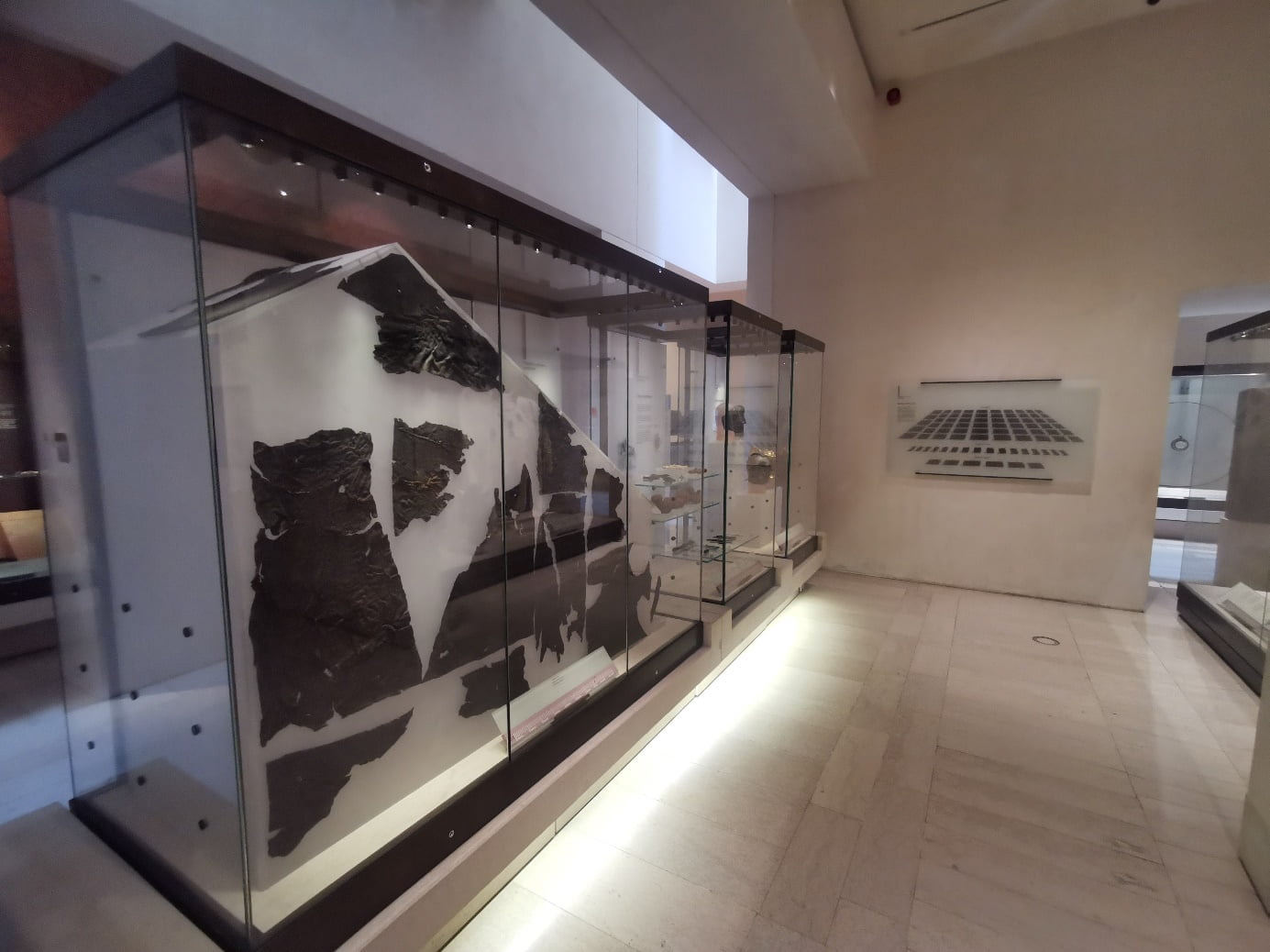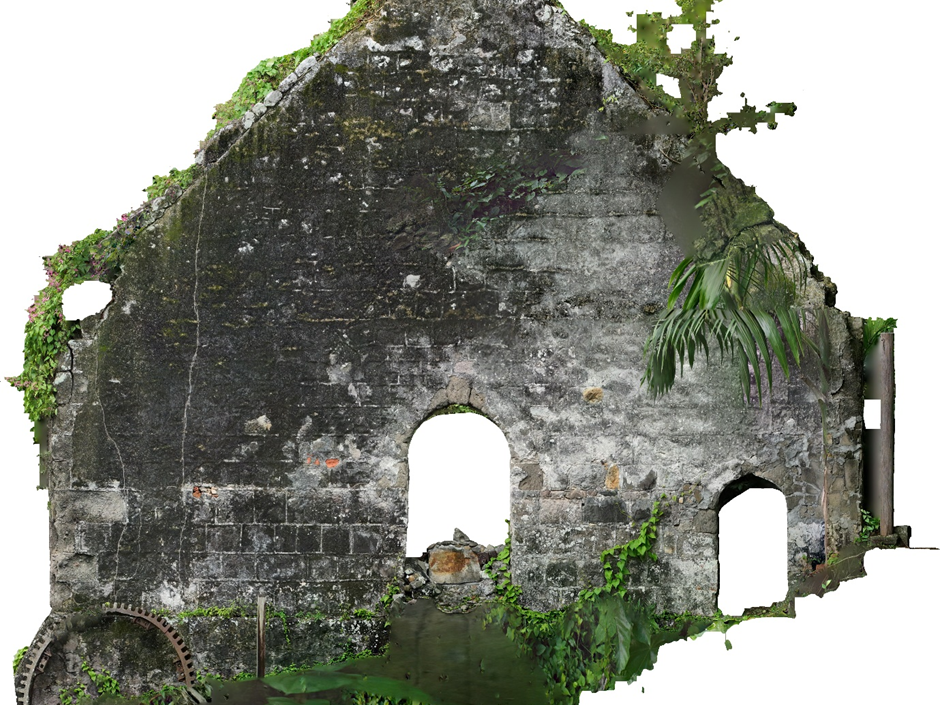Figure 1. Depth profile of Strontium isotope (87Sr/86Sr) from core S-21 in the Nile delta at Lake Manzala. (Stanley, 2003)
The Old Kingdom period was a time of significant development in Egyptian civilisation. With the reign of Netjerkhet (Djoser) in the third dynasty (approximately 2686 BC) until the reign of Pepa II and the end of the sixth dynasty (2181 BC), there was a boom in monumental construction, art and industry driving the whole of this vast enterprise. To this day, we can still observe its fruits in great pyramids, tombs of the aristocracy and temples. (Shaw, 2003)
After more than 500 years of prosperity and stability, there was a gradual erosion of royal power. Causing this was the rise of the provincial aristocracy during the Sixth Dynasty and the longest 94-year reign in the history of Pepi II. The reign of his weak successors in the Seventh Dynasty ended the Old Kingdom period. Egypt entered a time of civil unrest and rival provincial centres of power known as the First Intermediate Period. This period was not only a time when the succession to the Egyptian throne was disrupted but mainly a period of crisis and reorganization that deeply affected society and culture (Shaw, 2003: 110).
Natural disasters, most notably the low floods of the Nile, which even led to the drying up of Lake Qarun in the Fayum oasis (Younes, 2022, pp. 331-332), had a significant impact on the country's turmoil. These disasters caused social unrest and internal struggles. The weakness of the central authority - the kings of Herakleopolis, who are counted in the Ninth and Tenth Dynasties - led to a kind of 'district division' of Egypt. Nomarchs (administrators of nomos, or Egyptian 'provinces') from the most important centers competed for power in its various parts.
We can look for evidence of the collapse of civilisation in the post-Old Kingdom period in environmental evidence concerning the disturbance of the Nile and archaeological evidence, and we can look for references from the Egyptians themselves, the inventors of hieroglyphic writing.
2. Environmental evidence
The Nile has been a symbol of life and immortality for several millennia. The river was so important to the Egyptians that they associated it with the deity Hapi, who occupied an important position in the pantheon and originated in the Predynastic era. Its male and female characteristics
were identified with Upper and Lower Egypt (Specne, 1998, p. 169). When talking about ancient Egypt in the Old Kingdom period, it is necessary to characterise the degree of dependence of the then population and the state system on the Nile. The transition from a hunter-gatherer economy to permanent cultivation of the fields influenced the construction of permanent settlements in the Nile's vicinity. From this point onwards, communities categorised by archaeologists as various Neolithic cultures became utterly dependent on the great river, attempting to exploit the resulting opportunities for further development over time (Williams, 2009, p. 11). This was reflected in a range of phenomena related to culture, religion, economy and, as a result, the general development of civilisation. The river played a considerable role in transport. In ancient times, people transported all possible resources for life and worked across the waters of the Nile. The Nile was not only a convenient transport route, as it enabled the growth of crops and provided food, including fish and the highly valuable papyrus cane. The fertile Nile silt was carried downstream. Silts were formed from the rotting parts of plants overgrowing the Sudd swamps and were carried from the Ethiopian highlands by the Blue Nile (Williams, 2009, p. 3). They were a critical factor that enriched the soil. The soil, through minimal labour, was able to produce good yields.
Unlike the world's other great rivers, the Nile was relatively predictable for thousands of years. The cyclical nature of the floods had a clear impact on the rhythm of life of the Egyptian people. During the period of flooding, the river's current slowed down considerably, accumulating large deposits of fertile silt in the fields for sowing. This was followed by a growing season, ending with a harvest of crops that ripened in the gentle winter sun. In summer, the soil would dry out and crack, aerating the soil and protecting it from excessive salinity. This period was referred to in the Egyptian calendar as a drought. Based on alluvial studies of the Nile (Figure 1), it is possible to determine climatic changes within Egypt and to determine the magnitude of the flooding. Their uncommonness was such a great event that they and their
dramatic effects were recorded in documents. The low state of the floods persisted for many years at the end of the 3rd millennium B.C., causing social unrest culminating in a regime change.
(Younes, 2022, pp. 326-335)
The political and economic decline during the First Intermediate Period was also reflected in the arts. Those monuments that have survived to this day indicate that local styles developed regarding material culture. Without a central authority's support, local workshops could no longer produce quality products, as the craftsmen working there lacked sufficient skill and practice. Hence, the workmanship of many objects was sloppy, and the proportions were often distorted (Hartwig, 2015, p. 199). Nevertheless, this situation led to a significant spread of art and culture during the Old Kingdom, practically limited to the royal court only. The kneeling figure of Pepi I (figure 2) is an example of the 'second style', which was the typical sculptural canon for the First Intermediate Period and was characterised by large heads, indented waists and elongated proportions (Hartwig, 2015, p. 197). There was a lack of monumental architecture in this period; however, nomarchs constructed rock-wrought, decorated tombs for themselves (Hartwig, 2015, p. 162).
Archaeological investigations of settlements around Memphis have provided further clues about the decline of the Old Kingdom. The former capital, unifying Upper and Lower Egypt under it, bore signs of the desolation of the surrounding settlements at the end of the Old Kingdom and during the First Intermediate Period. Archaeologists have discovered thick layers of aeolian sand
over several settlements of the Old Kingdom period: Abu Roash, Giza, Abusir, Saqqara and Dahshur. (Younes, 2022, p. 326) These settlements were buried by deserts, as we will later be able to read about in the Ipuwer papyrus (Younes, 2022, p. 322).
The central part of Egypt yields little information, except for the site of Zawiet Sultan/Zawiet el-Meitin near Minya. This was an important administrative centre during the Old Kingdom, which became depopulated during the First Transitional Period, probably due to the deposition of sand dunes in the area. (Younes, 2022, p. 326)
The situation was different in some sites in Upper Egypt. Six cities expanded during the First Intermediate Period and were able to serve as urban centres. They were the capitals of the various Nomes, and their prosperity may indicate the good governance of their rulers and the provision of resources necessary for the population. Edfu, governed by Ankhtifi, represents an example of good urban management. Nomarch saved his people from famine as he boasted about it on the walls of his tomb and displayed paintings of abundant granaries. The aforementioned cities whose development was noticeable were in the south, where it was easier to maintain an artificial irrigation system. The only exception was Elephantine, where an influx of population is evident despite low water resources. (Younes, 2022, p. 326)
Figure 2. Kneeling Statuette of Pepy I, ca. 2338-2298 B.C. (Brooklyn Museum)
Figure 3. Inscription n°10 "The great famine" Describing the time of hunger in Upper Egypt. (Mariais, 2014)
Figure 4. 19th Dynasty copy of the Ipuwer Papyrus, known as The Lamentations of Ipuwer or The Admonitions of Ipuwer. (Leiden, 2016)




